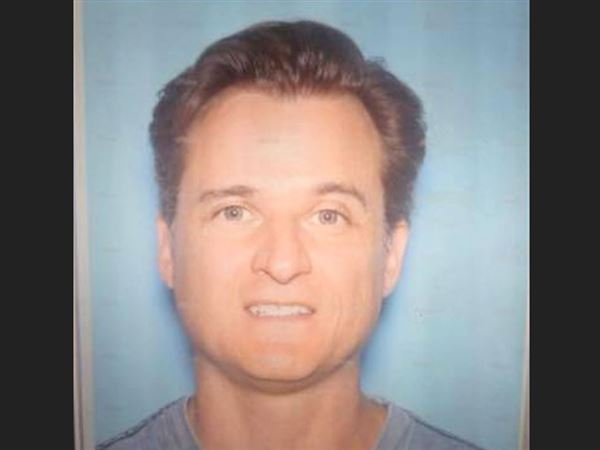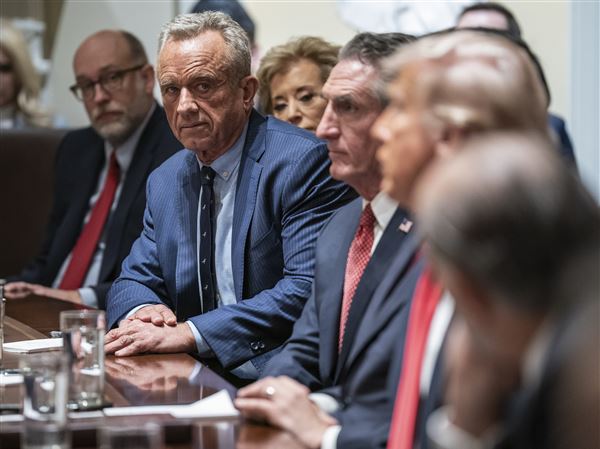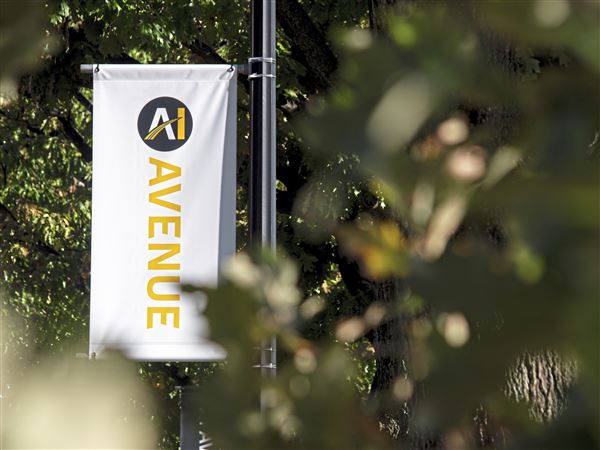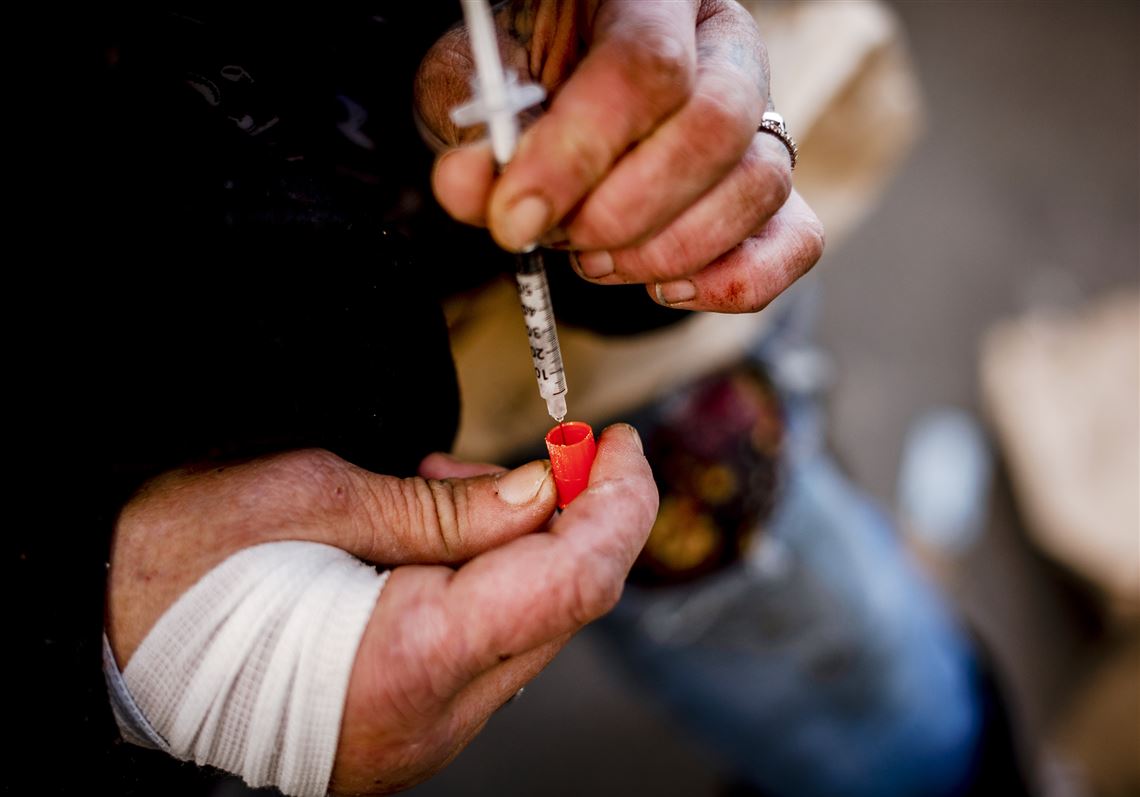Over the last decade, synthetic fentanyl has made opioids, the deadliest drug epidemic in U.S. history, even more lethal. Now, the growing and ghastly presence of xylazine, commonly called tranq, has further escalated the risks of addiction. It is pushing Pennsylvania toward a sweeping public health emergency that’s poised to overwhelm the Pittsburgh area in the next two years.
Pennsylvania, especially Philadelphia, has become an epicenter for xylazine’s lethal expansion into the illicit drug market. When mixed with fentanyl and other opioids, xylazine, a potent veterinary tranquilizer not approved for humans, stretches a user’s high and increases the risk of a fatal overdose. With fentanyl and xylazine, suppliers can boost profits by cheaply making drugs more potent and enduring.
The common denominators are greed, suffering and death.
The effects of tranq are horrifying. Users experience painful, foul smelling necrotic sores; skin ulcers with oozing puss; infections and skin rots that can lead to amputations. Tranq literally eats away the flesh. It also triggers severe anxiety during withdrawal. Equally troublesome, it complicates treatment for opioid addiction, as agonizing withdrawal symptoms from tranq aren’t managed with methadone, buprenorphine, naltrexone or other recovery medications.
In this shadowy, perilous and precarious landscape, addicts and even street-level dealers are increasingly unaware of what’s in the powder or pills they’re buying, using or selling. What used to be heroin, a natural substance derived from opium poppy plants, is now synthetic, super-potent fentanyl mixed with xylazine, which is also added to cocaine and other drugs.
A growing crisis
Pennsylvania now reports more than 5,000 fatal drug overdoses a year. Without a massive increase in treatment capacity — especially Medication-Assisted Treatment — as well as new prevention, education and street outreach strategies, drug fatalities will increase dramatically.
In his first major public statement on tranq two weeks ago, Gov. Josh Shapiro, speaking at a community center in Philadelphia, lost an opportunity to make a forceful and focused call for an effective statewide campaign addressing this public health emergency, by underscoring his administration’s move to make xylazine a Schedule III controlled substance. Interdiction efforts in general have proven ineffective — consider the billions of dollars spent on the so-called War on Drugs. Certainly, pushing addicts further into the criminal justice system won’t help.
It’s unclear whether illicit tranq is produced in illegal labs or diverted from veterinary supplies. Either way, as some sources dry up, illicit suppliers will find others — possibly cheaper, more potent and more dangerous ones. Crackdowns on heroin and other opioids have shifted illicit opioid supplies to fentanyl and tranq.
The illicit drug market in Pennsylvania has become a veritable minefield, and it will get worse. Xylazine contributed to 90 overdose deaths in 2017, compared to 575 fatal overdoses in 2021. In Philadelphia’s drug market — the first national hotspot for xylazine — the drug showed up in 90% of street fentanyl samples, the Philadelphia Department of Health reported.
That is the future of Pittsburgh, where tranq is growing. Trends in Pittsburgh’s illicit drug market usually trail Philadelphia’s by two years.
Advance effective policies
Given the significance of his April 18 announcement, Mr. Shapiro should have led his remarks with ways to reduce the demand for drugs and the harm they cause. Education and street outreach by recovering addicts are crucial. Newly developed test strips for tranq will at least, if widely available, lower the death toll, while opportunities for effective drug treatment expand. First-responders and others should continue to use opioid-reversing medications such as naloxone on overdose victims, even if they need rescue breathing and additional aid. Xylazine does not respond to naloxone, but it is frequently combined with opioids.
Mr. Shapiro has long advocated for treatment. He supports syringe services — formerly called needle exchanges — to reduce the spread of infectious diseases, as well as the use of fentanyl test strips. The governor, as Pennsylvania’s attorney general, played a lead role in securing, through litigation, more than $2 billion to fight the opioid epidemic from the pharmaceutical companies that started it more than two decades ago. Overall, the governor’s record is good, though he has opposed certain harm-reduction strategies such as safe injection sites.
With the rising threat posed by tranq and the opioid epidemic, however, Mr. Shapiro should deliver a clear and unadulterated message: The state must meet this public health crisis with substantial increases in treatment, harm-reduction and outreach efforts. The governor must move such evidence-based efforts to the forefront of Pennsylvania’s drug policies.
First Published: May 4, 2023, 4:00 a.m.
















